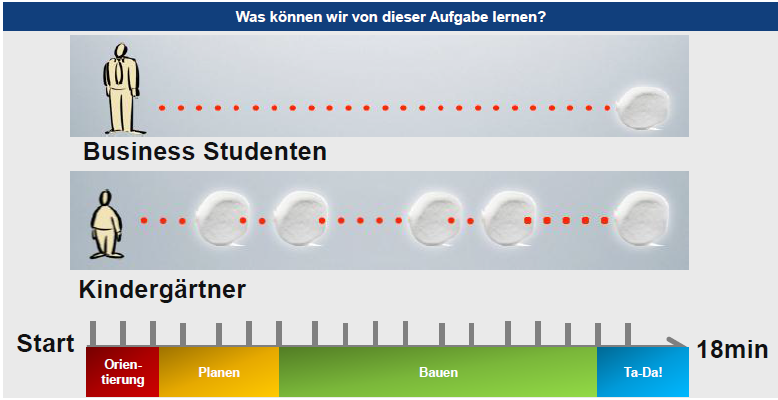CAS Blockchain Economy – Corporate Innovation and Venture Building
Februar 27, 2019
Februar 27, 2019
From the lecture room of Patrick Comboeuf, (#Hwzblockchain), reporting by Irmela Abrahamse,
Corporate Innovation & Venture Building
Venture Building and Blockchain
Corporate venture building is established through, new models of entrepreneurship, new ventures and effectively combining, agility, flexibility, culture, muscle, new experiences and resources, to enable innovation that provides solutions.
The substance of the lecture was the focus on the question of how companies can achieve competitive advantage. In today’s business environment, which is currently characterized by rapid and distruptive technological changes, firms have to acquire new technological capabilities and explore new business opportunities and models, in order for them to stay profitable.
Releasing the “innovative forces” in a company does not automatically translate into desired competence building that secures the firms future revenue streams. Firms that have the ambition to rejuvenate their core competencies or to build brand new ones, have a sense of overall strategic development, and a direction with a corporate purpose. The main focus in rejuvination through innovation, is to maintain the firms stability and to maintain their competitive edge.
These types of innovative processes are usually implemented in larger corporate structures under a various guidelines, approved budgets and corporate governance. This does lead to slower development, where as Startup’s have the capability of introducing radical solutions in their products and strategies, enabling them to be far faster in releasing new disruptive solutions that keep them competitive in the current market. Companies are gradually facing the fast development of new technologies such as distributed ledger technologies, blockchain technologies, and crypto currencies, and to maintain their corporate vision, many firms are investing in new compentencies, through developing external ventures, internal innovative ventures, usually introducing innovation venture firms such as evitive, with a core focus on entrepreneural venture building.
Innovation ambition framework: Disruptive innovation
Through Nagji and Tuff’s innovation ambition framework adapation;
2. The markets; (new market) vesus (existing markets) are based in a scale of values. On the basis of the two mentioned dimentions Nagji and Tuff identified the three main types of innovation: TUFF

In conclusion, to achieve a balanced portfolio, larger firms, should not only consider the three horinzons of innovation, but when implementing innovative strategies, firms should be aware about how much investment is focused on low end and niche markets. The lower profits and the higher risks in these particular markets deter the larger firms, even if they work along the three horizens of innovation, the focus should also be on disruptive innovation, this disruption allows for managers to step out of their usual comfort zone, by understanding the different types of innovation they develop a common language within their organization leading to managers and teams communicating about the products and where they are within the market and portfolio.
Ultimately the goal is to help companies achieve the balance in their core business, through innovation as rejuvenation and venture building.
Unser Newsletter liefert dir brandaktuelle News, Insights aus unseren Studiengängen, inspirierende Tech- & Business-Events und spannende Job- und Projektausschreibungen, die die digitale Welt bewegen.